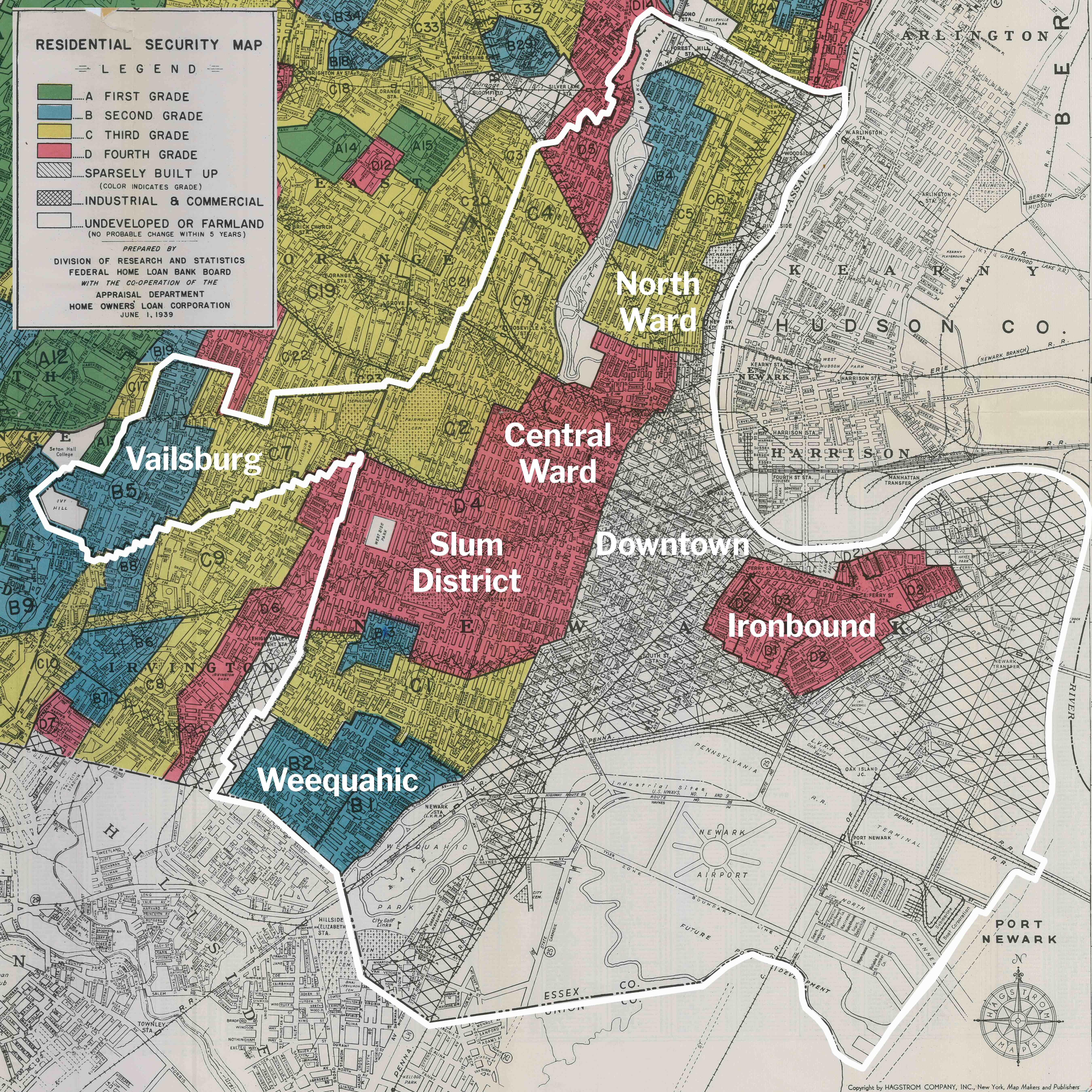Urban historian Arnold Hirsch on the legacy of urban renewal and public housing in Newark:
.
Urban renewal “legislation defeated even the best intentions of public-spirited officials who took the mandate to clear slums seriously. In Newark, the local housing authority tried to replace crumbling tenements with decent housing. Clearance in poor black areas, however, merely left the Newark Housing Authority (NHA) in possession of considerable vacant land – private developers were not eager to invest in such areas. To make renewal work, the NHA discovered it had to jettison its original goals and become more “flexible” in dealing with private business. Rather than “peddling vacant land,” the NHA decided, in the words of one official, to “let the redevelopers tell us where they want to build.” “Choice sites” and standard structures subsequently fell before the wrecker’s ball, luxury apartments went up near the central business district, and much of the unmarketable vacant land in black areas was, for lack of suitable alternatives, devoted to public housing. As in Chicago, the ghetto was reinforced by new government-sponsored projects with indeterminate life-spans. Subsidies and profits flowed, as the business creed ordained, to the developers.
Arnold Hirsch. “Epilogue.” In Making the Second Ghetto: Race & Housing in Chicago 1940-1960. University of Chicago Press, 1983. Pp. 274-75.


